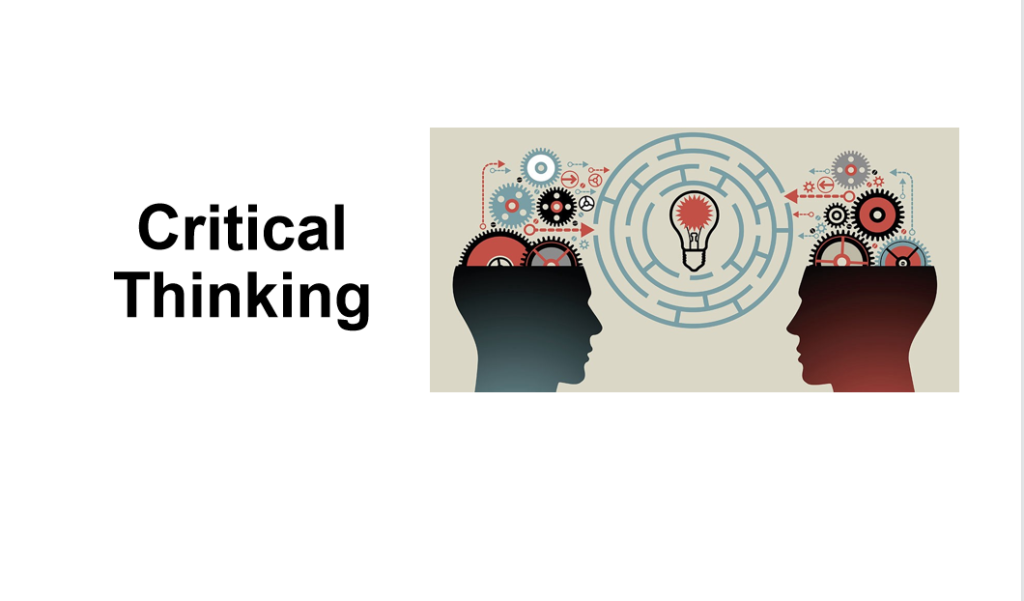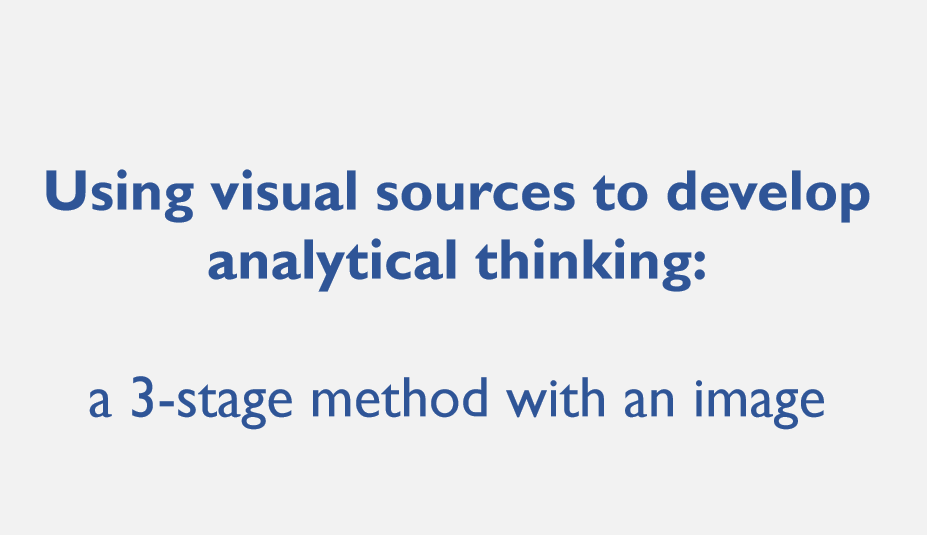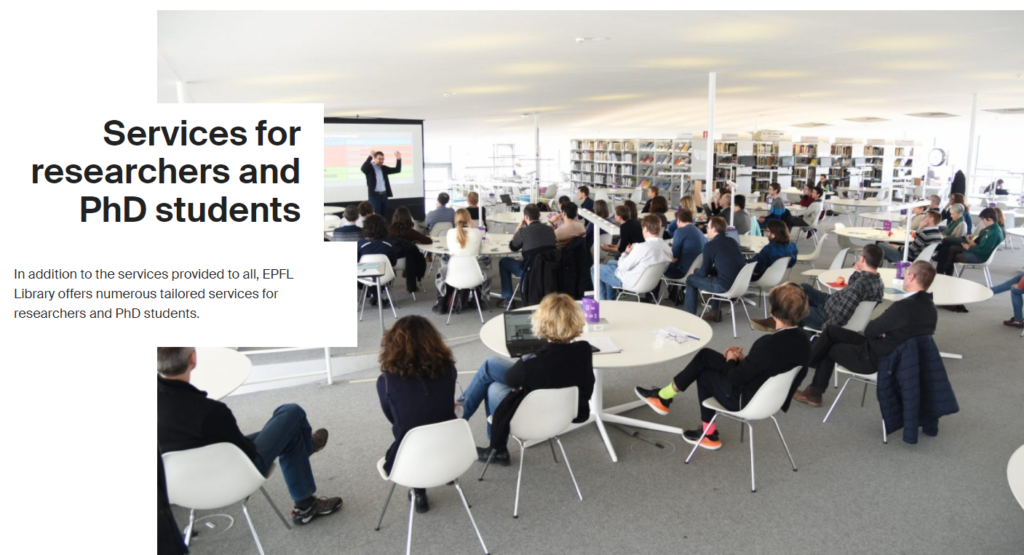
The material covers the basics of what critical thinking is, and how this abstract concept is realised in actual academic reading and writing. It was originally used for a generic 30-minute webinar on the topic, but it is recommended for a session of 45+ minutes to allow sufficient for students to engage in the interactive activities (e.g. analysing a text).
The 3-stage method breaks down academic writing into three elements: description, analysis, and critical evaluation, and asks the students to work with an image. In the first stage, students describe the image in detail and systematically extract all its elements – this is about paying attention to detail. In the second stage, they explain their interpretations – this develops the skill of analysis. Finally, in stage three, they ask questions that help to verify the accuracy of these interpretations – this stage emphasises the importance of research and evidence for the claims made in stage two. Each stage involves interactive work as the students discuss their findings in pairs or small groups. After each discussion, they are shown an example of a descriptive, analytical and critical analytical paragraph, with colour-coded writing so they can see the different tasks being smoothly integrated into the final piece. Finally, they look at structuring the essay into coherent paragraphs and try applying the method to different sources.
This looks at the process of writing a masters dissertation at university, particularly in the context of business-related courses in the UK. It covers organising your time, what’s involved in the process of writing your dissertation, and some top tips for a great dissertation.
This video explains the purpose of a literature, and how you can write it to make sure that your reader understands the connections between the different pieces of research you discuss
This video explains the purpose of a methodology, and how you can write it to make sure that your reader understands the connections between the different pieces of research you discuss.
This video explains the purpose of writing the results and analysis chapter, and how you can write it to make sure that your reader understands the connections between the different pieces of research you discuss.
This video explains the purpose of editing your dissertation, and how you can write it to make sure that your reader understands the connections between the different pieces of research you discuss.
Using Infographis for or within higher education is an important part for explaining difficult subjects/aims and is useful for teachers and students.
Using alternatives to Powerpoint which are sometimes free and can be shared easily via cloud.
In addition to the services provided to all, EPFL Library offers numerous tailored services for researchers and PhD students.
Here are some British idioms. Each idiom will be explained as it is sometimes not easy to understand for a non-native English speaker.



